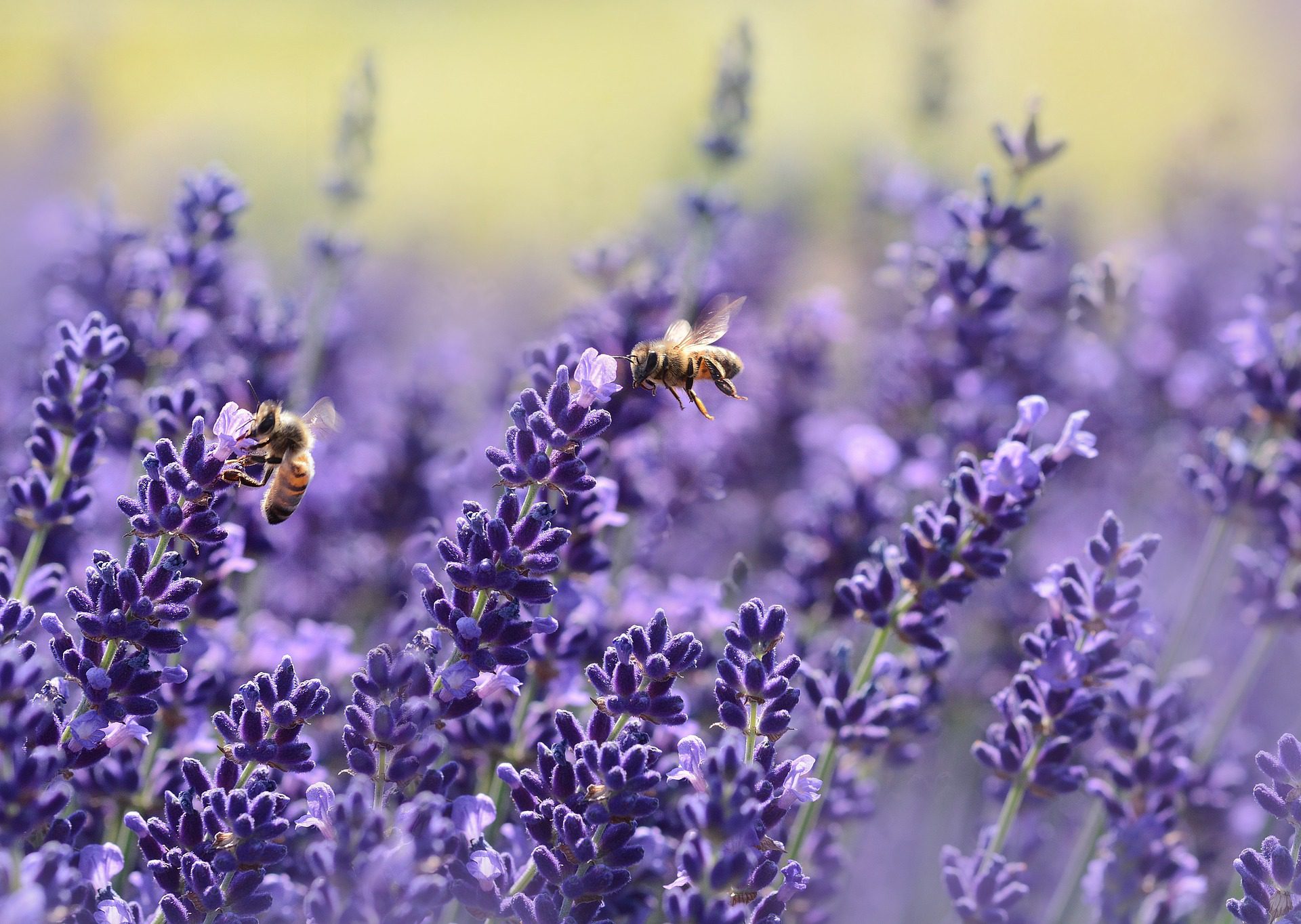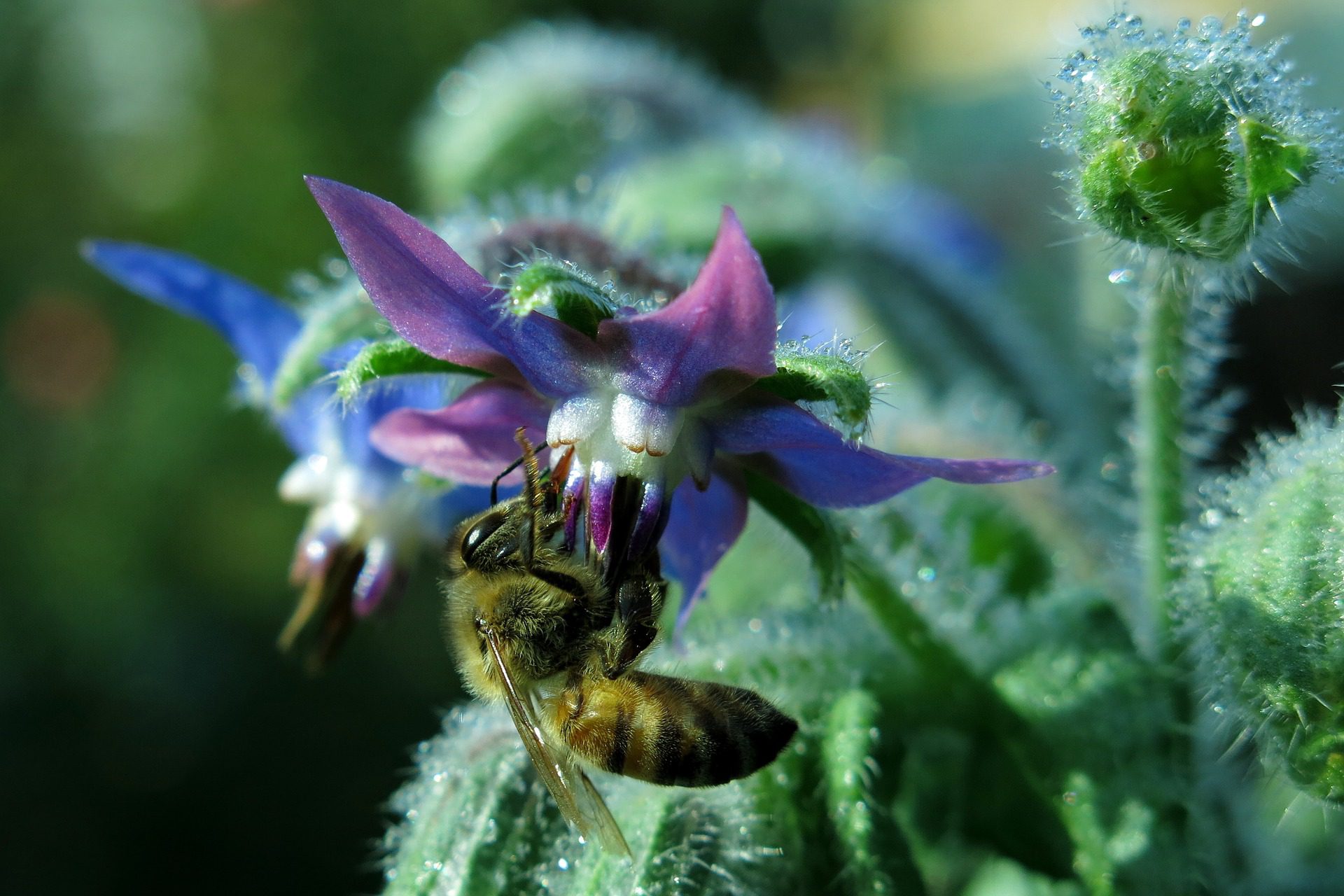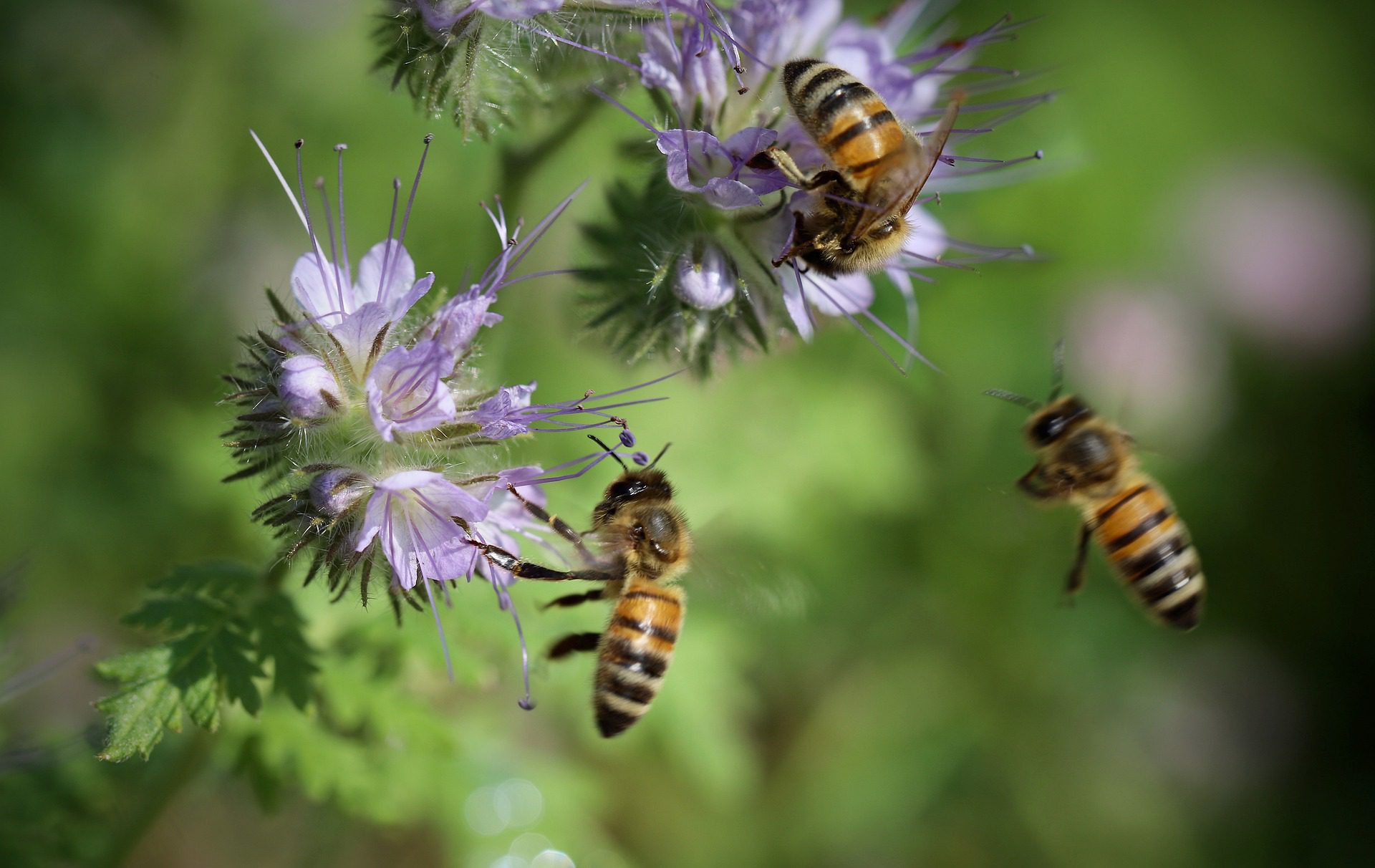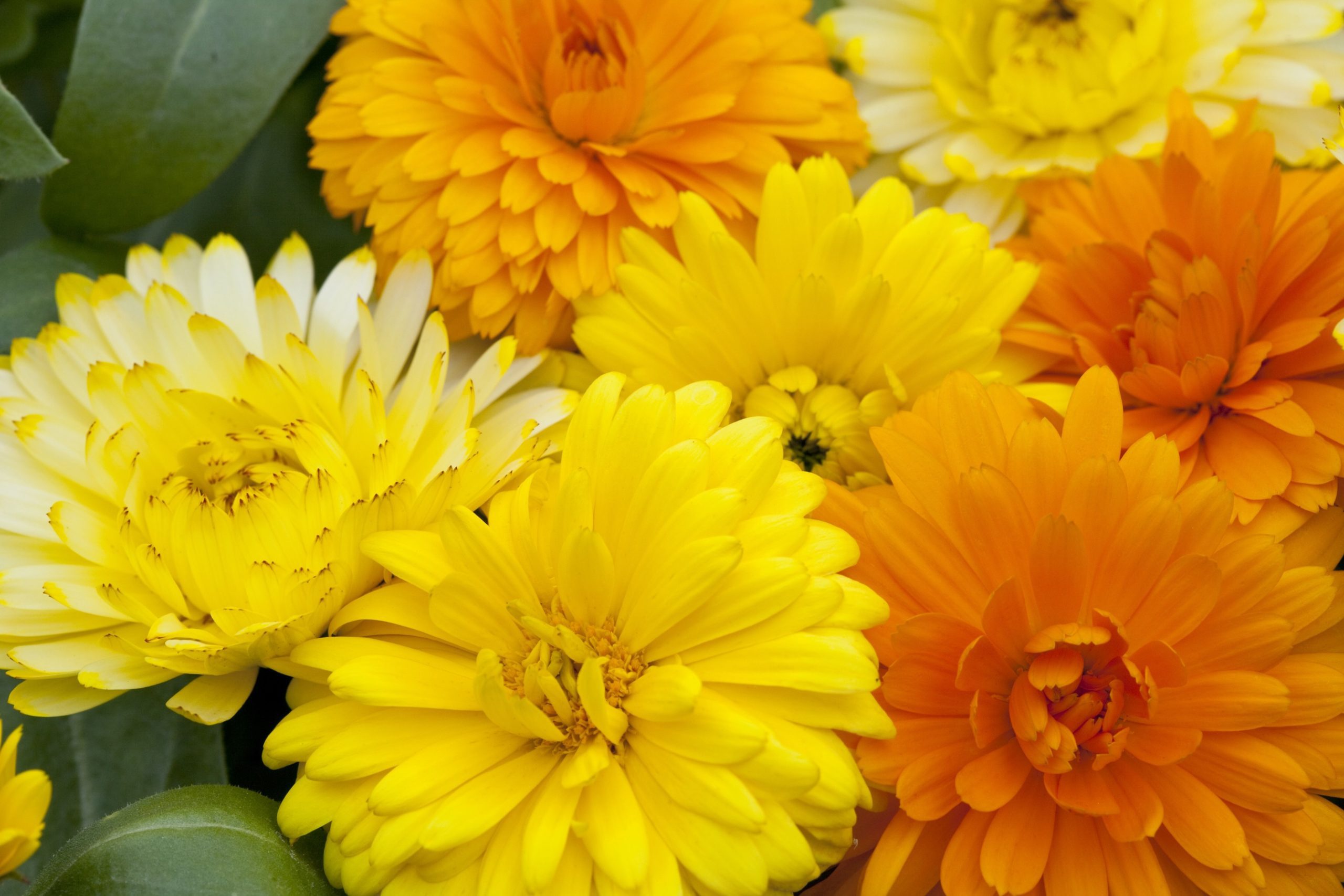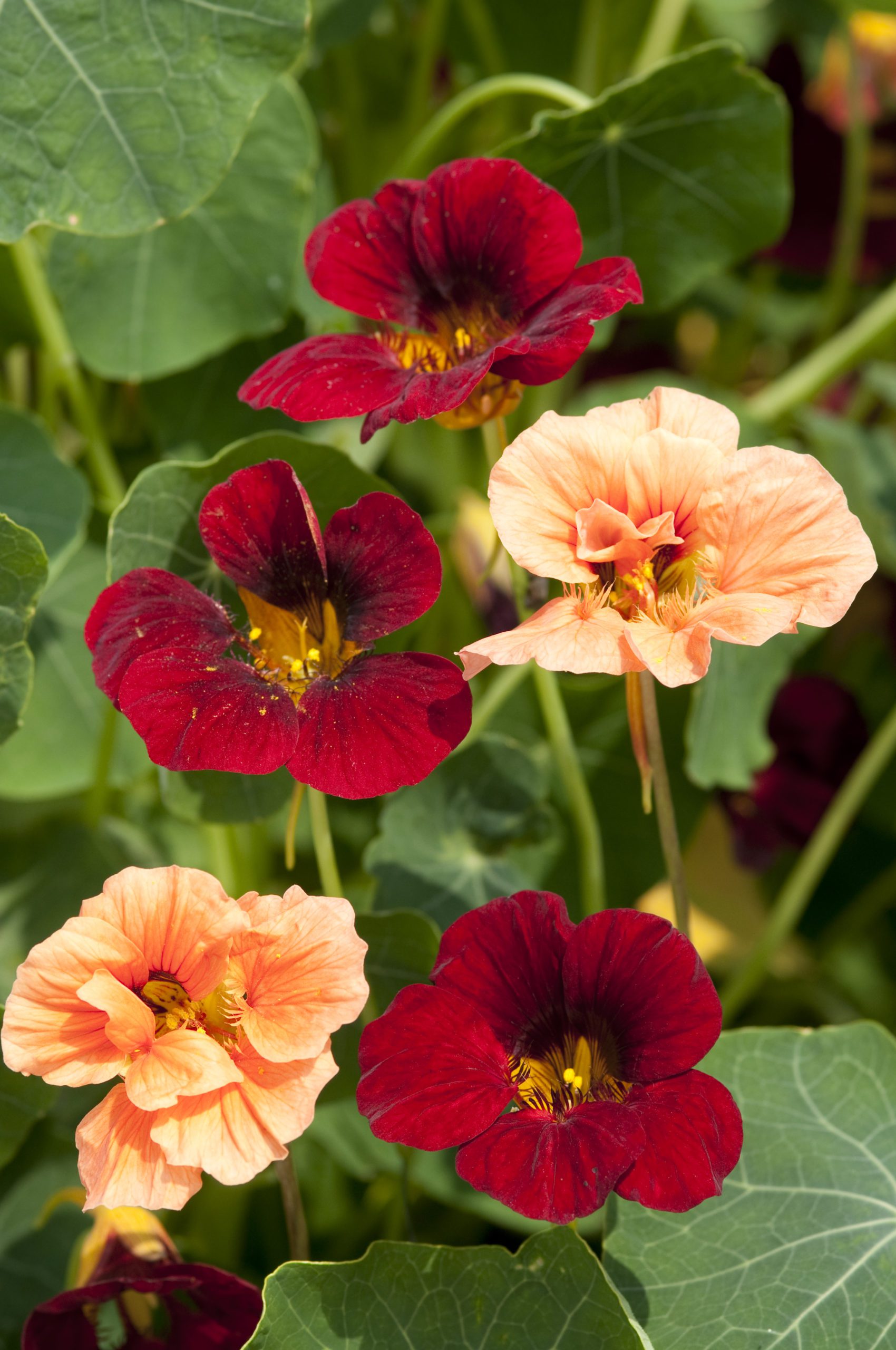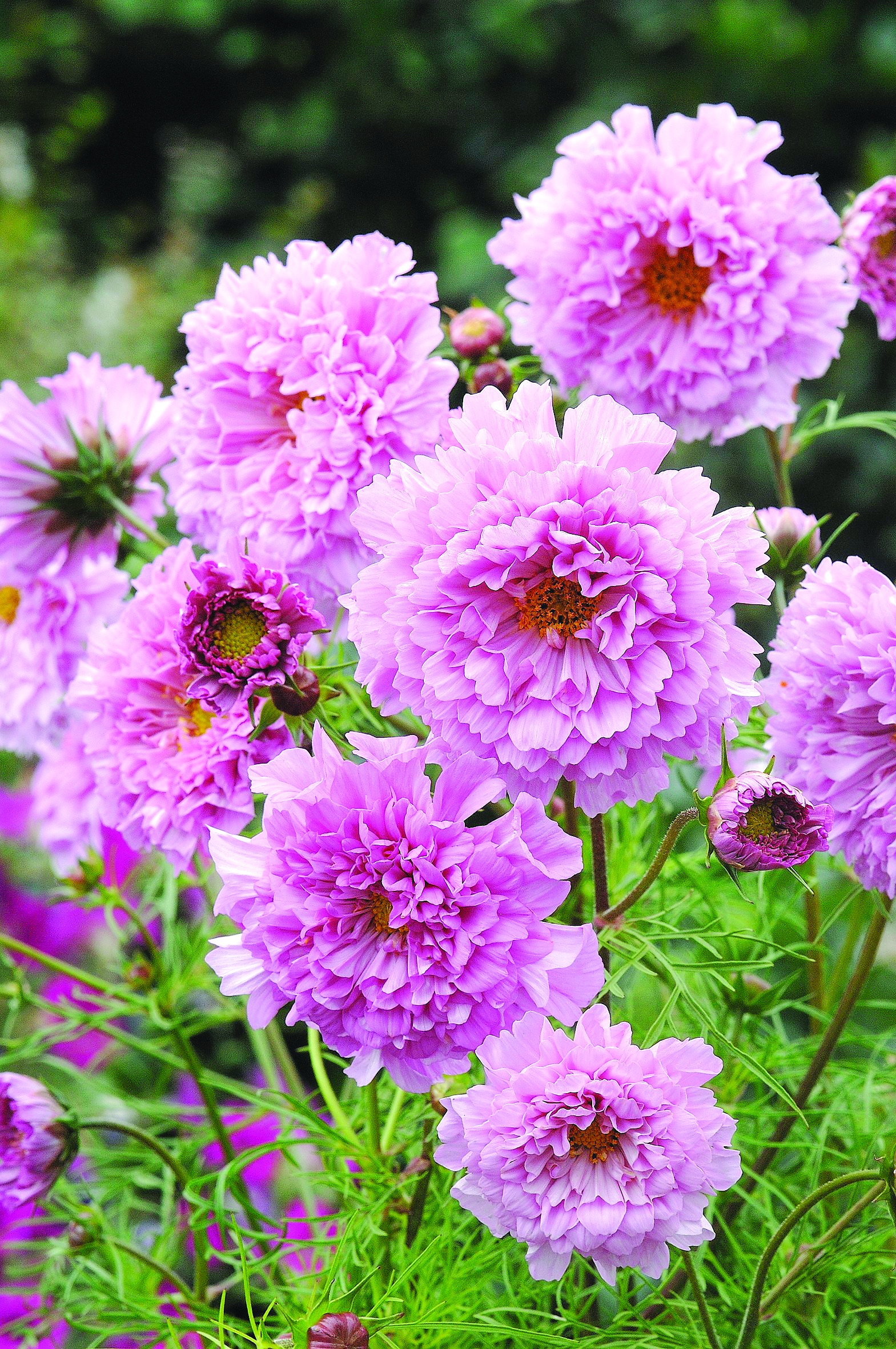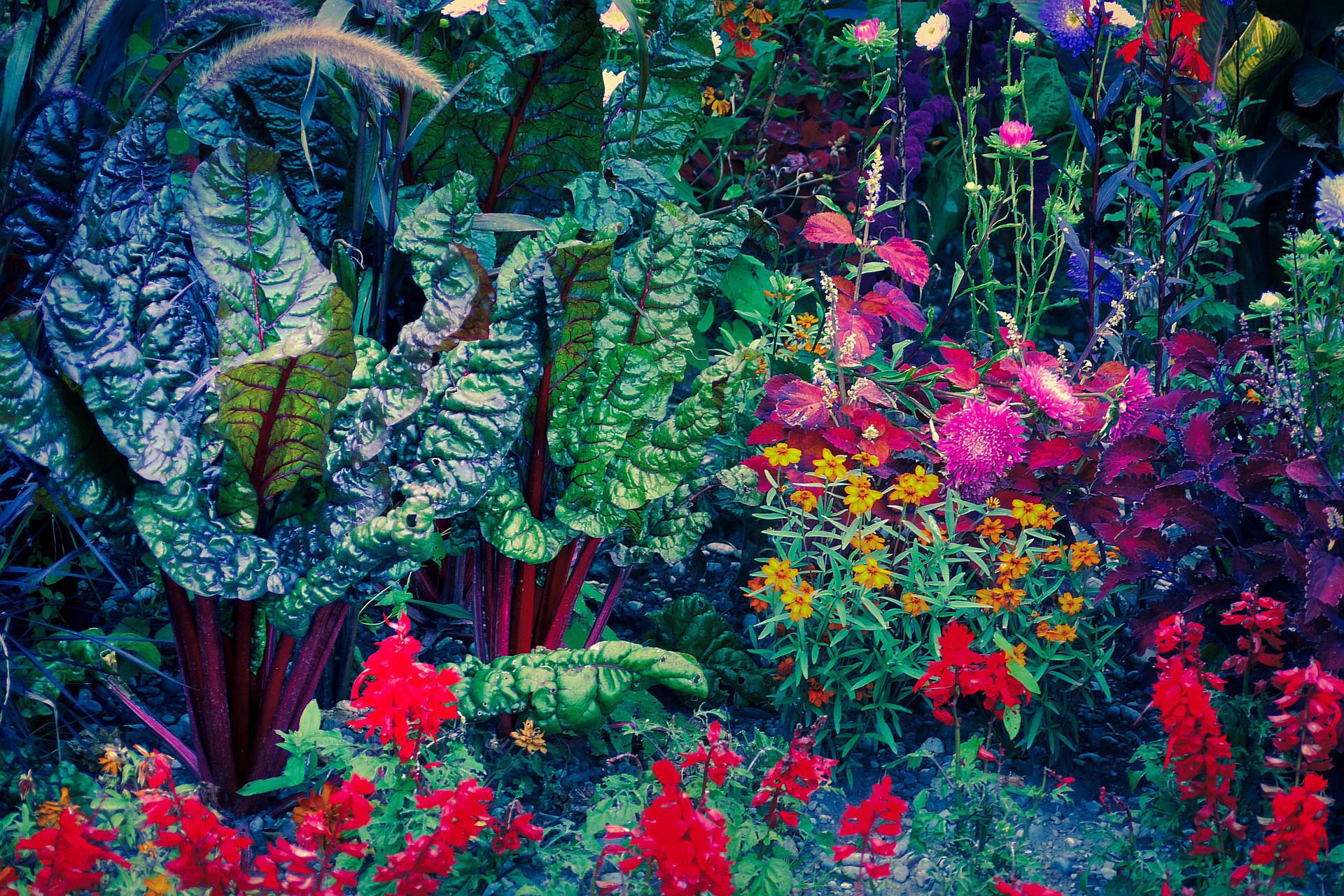
Companion Planting
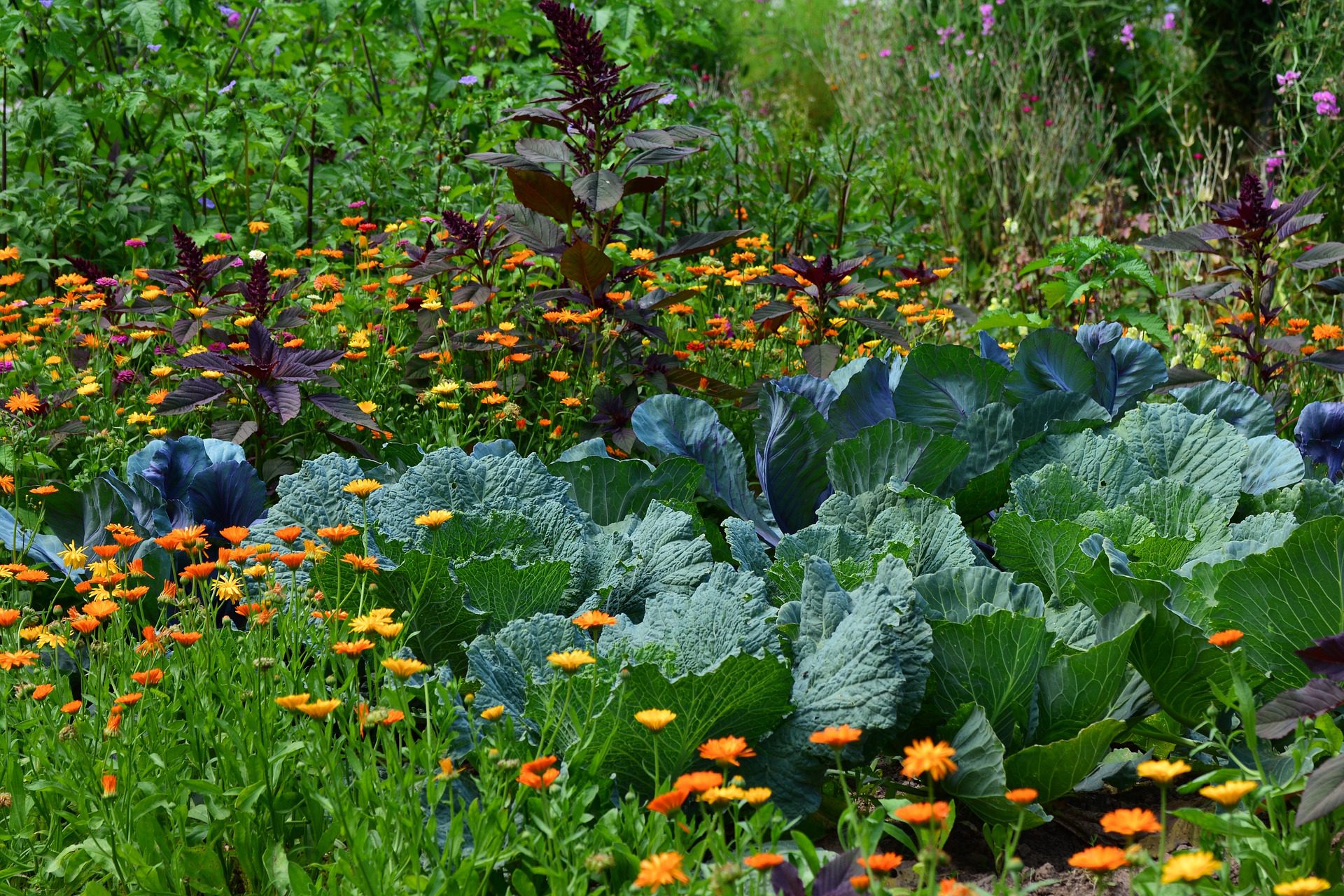
Companion planting is widely used in organic agriculture and is recommended by many botanists and agronomists. This technique is the result of observations of many market gardeners and the legacy of our ancestors on the vegetable culture. Nature is well made, it allows the protection of diseases and certain parasites on vegetables, depending on their associations. For example, it is wise to include aromatic plants in the vegetable garden, because most of them, thanks to their smell, will keep away many parasites.
On the other hand, some varieties of vegetables do not go well together because they have the same nutritional needs. Fennel, for example, is a vegetable that makes the least friends, favour garlic instead, which proves to be the great protector of the vegetable garden.
Why Separate Flowers, Herbs and Vegetables?
Today, a garden has become a place of life and relaxation and the vegetable garden, a place of production, colour and beauty. To combine the useful with the pleasant, it is necessary to make judicious choices. In the garden, flowers and aromatic plants are a precious help; a big mistake is to set them aside in our garden. Plant them in the centre of your vegetables, they help attract pollinators and naturally fight against unwanted insects.
Why plant flowers and herbs in a vegetable garden?
To attract pollinators.
Without them, there will be no crops. Flowers will attract bumblebees, bees, butterflies and other insects that will pollinate your plants and produce many vegetables. Choose honey plants such as yarrow, which attracts butterflies, or edible chrysanthemums (the range of honey plants to grow in the garden has expanded considerably). Honey plants are a source of nectar for bees. They help to pollinate vegetable flowers. Flowers of tomatoes, beans, peppers or eggplants are thus fertilized and fruit to give delicious vegetables.
To fight against diseases and unwanted insects.
Some flowers have attractive or repulsive properties against insects. Nasturtium attracts aphids and will leave your vegetables alone. Tagetes scare away insects and nematodes from the soil because its roots secrete substances that are not appreciated by these little creatures.
To distract the olfactory and visual senses of insect pests.
Flowers and herbs come in different sizes and smells, especially the marigold. Placed in the centre of the garden, it confuses insects from the wonderful landing strip offered by a row of leeks, lettuce or other plants. The high height of borage, for example, will confuse the insects that attack strawberries. Aromatic plants, such as thyme or basil, interspersed between the rows of vegetables, will keep away the flies that attack the carrots with their perfume. There are many useful flowers in the vegetable garden: asters, purslane, marigolds, nasturtiums, snapdragons, zinnias, queen daisies, morning glory. They will be effective and pleasant at the edge of the vegetable garden or near the vegetables.
Provide organic matter for vegetables
Before planting vegetables, phacelia, an intermediate plant, sown in April, grows very quickly, smothers weeds and, with its pretty purple flowers, attracts pollinating insects. To prevent phacelia from spontaneously resprouting, it can be cut at the end of flowering, dried and buried. Like compost, it will provide organic matter to all vegetables that are greedy for it: squash, flowering vegetables, cabbage, celery, leeks.
How many flowers and herbs you should plant in your garden.
You need at least 1/3 of flowers and aromatic plants among your vegetables, especially for Brassicas (cabbages, radishes, turnips, arugula, mustard…) if you want to protect them well. You need melliferous, nematicidal and insecticidal plants.
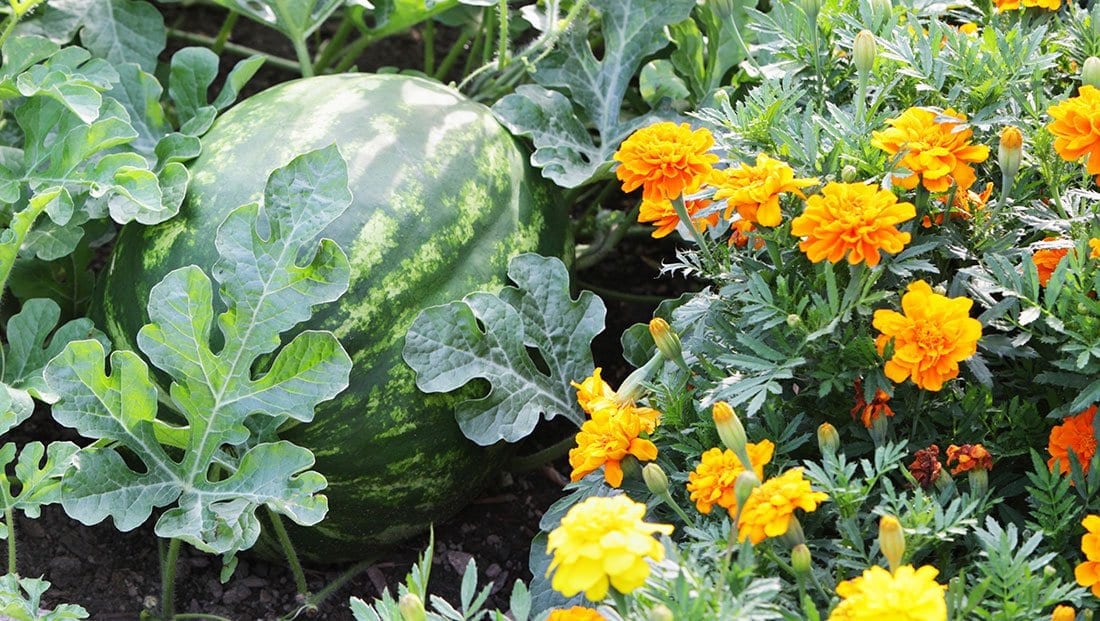
Who are these plants, and where to place them?
Among the most important are the following
Calendula (Calendula officinalis)
The calendula is the best known of the useful plants in the garden. It keeps white flies and aphids away. Its roots improve the structure of the soil, while sanitizing it.
Where should it be planted? Everywhere in the vegetable garden, it’s an indispensable! If you have to choose only one, it should be the calendula. Ideal with raspberries, strawberries, garlic, onions, leeks, tomatoes, potatoes and chicory. Do not put near fennel and buckwheat with which it does not get along well.
Nasturtium (Tropaeolum majus)
Nasturtium attracts aphids and keeps them away from your plants. Let the aphids devour your nasturtiums, so they will not attack your vegetables. Your nasturtiums will have fulfilled their role and will have given you flowers.
Where should it be planted? Install it in the orchard, next to fruit trees, artichokes, strawberries, radishes and broccoli. A good companion also to squash, potatoes, cucumbers, pumpkins and cabbage. It is also very useful next to ornamental plants like roses which are often attacked by aphids.
The cosmos (Cosmos bipinnatus)
Cosmos will confuse the movement and vision of unwanted insects. It is an interesting flower in the garden because it grows quickly and can be used as a light shade. It is ideal for packed or compacted soil, as its roots refine and work the soil.
Where should it be planted? Cosmos is a good companion for cabbages and tomatoes (it scares off the whitefly).
Marigold (Tagete patula)
Marigold has roots that secrete substances harmful to insects and limits the action of certain soil nematodes (microscopic worms), such as those that devour the rootlets of young tomato plants.
Place a marigold at the foot of each tomato plant. A decoction of the leaves can be used to control aphids and caterpillars. It can also be used as a green manure to enrich and fertilize the soil after burial.
Where should it be planted?
At the foot of the tomatoes (2 marigold for 6 tomato plants is ideal) and a little everywhere in the garden. It is a very good companion for vegetable gardens. Plant among cabbages protects from nematodes.
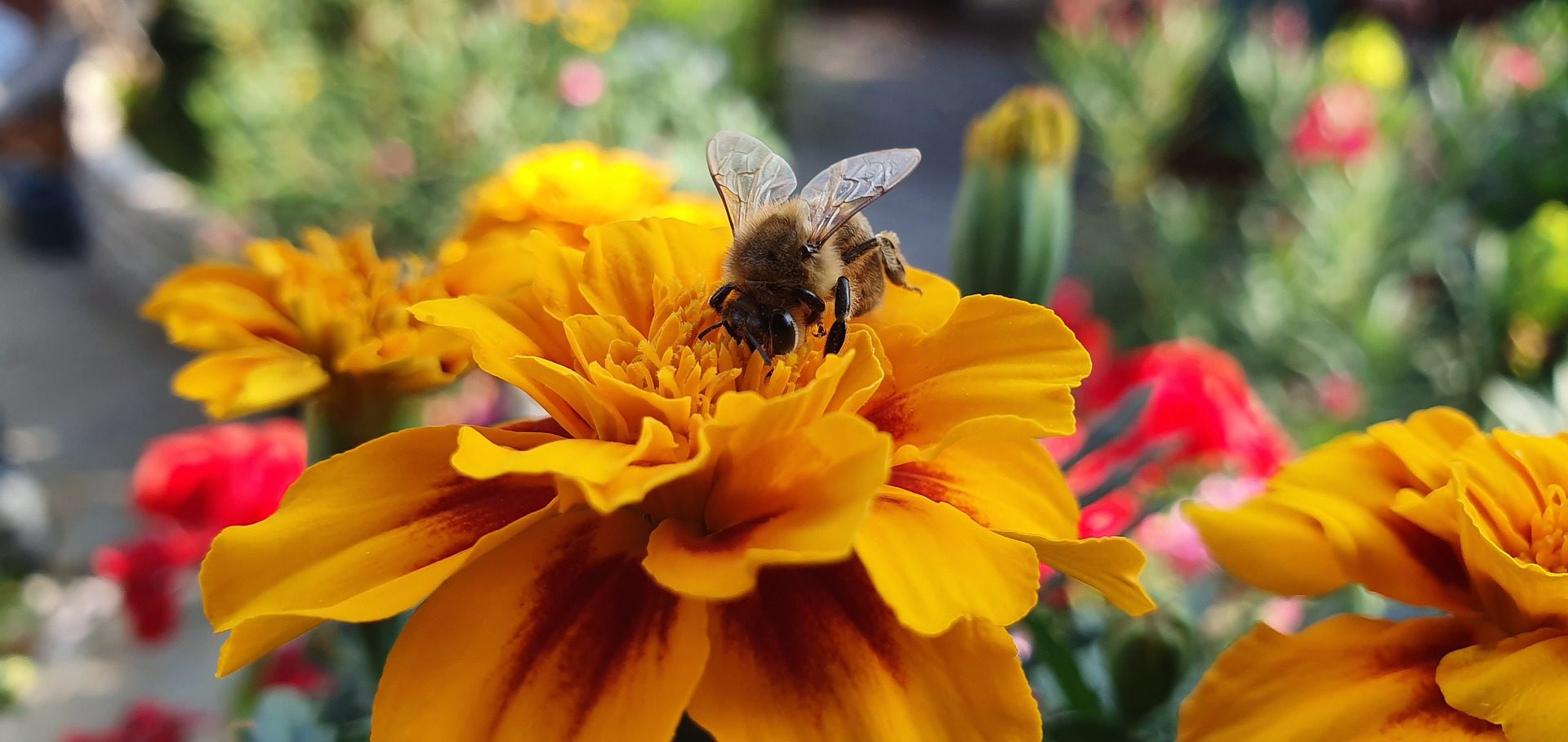
Yarrow (Achillea millifolium)
This perennial attracts butterflies and beneficial insects (ladybugs) to the garden. It is also a real refuge for its hosts.
Where should it be planted? Ideal at the edge of your vegetable garden, yarrow will give it a wild look, but will also attract pollinating insects, especially near cabbages, which need it a lot.
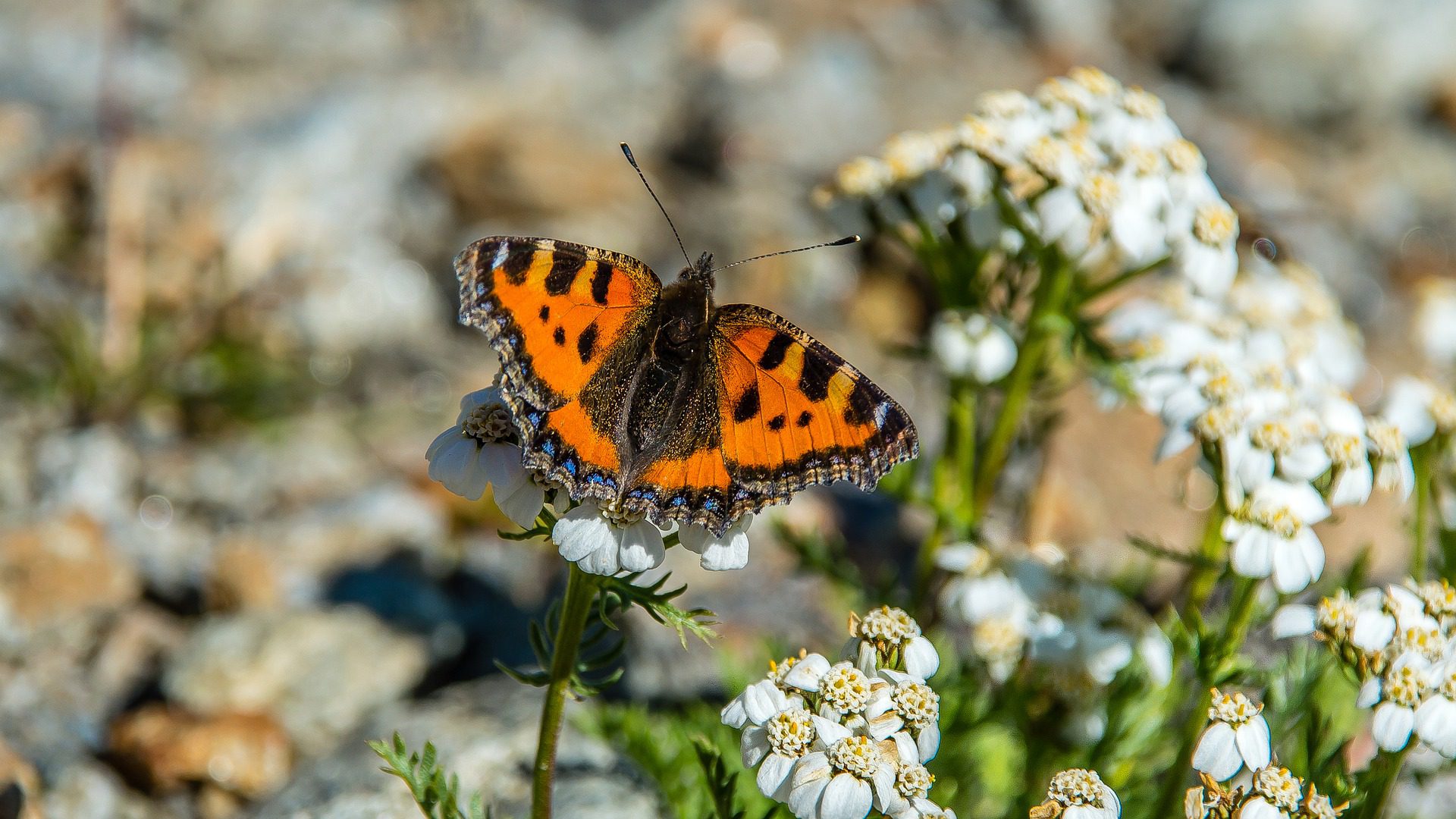
Borage (Bogaro officinalis)
This annual herb attracts pollinating insects and keeps caterpillars and slugs away. To keep unwanted guests away, spread a mulch of borage leaves at the base of other plants.
Where should it be planted? Borage will be useful among beans, strawberries and in the orchard. Its leaves placed as a mulch at the foot of lettuces, radishes and other plants that slugs and snails love, will scare them away.
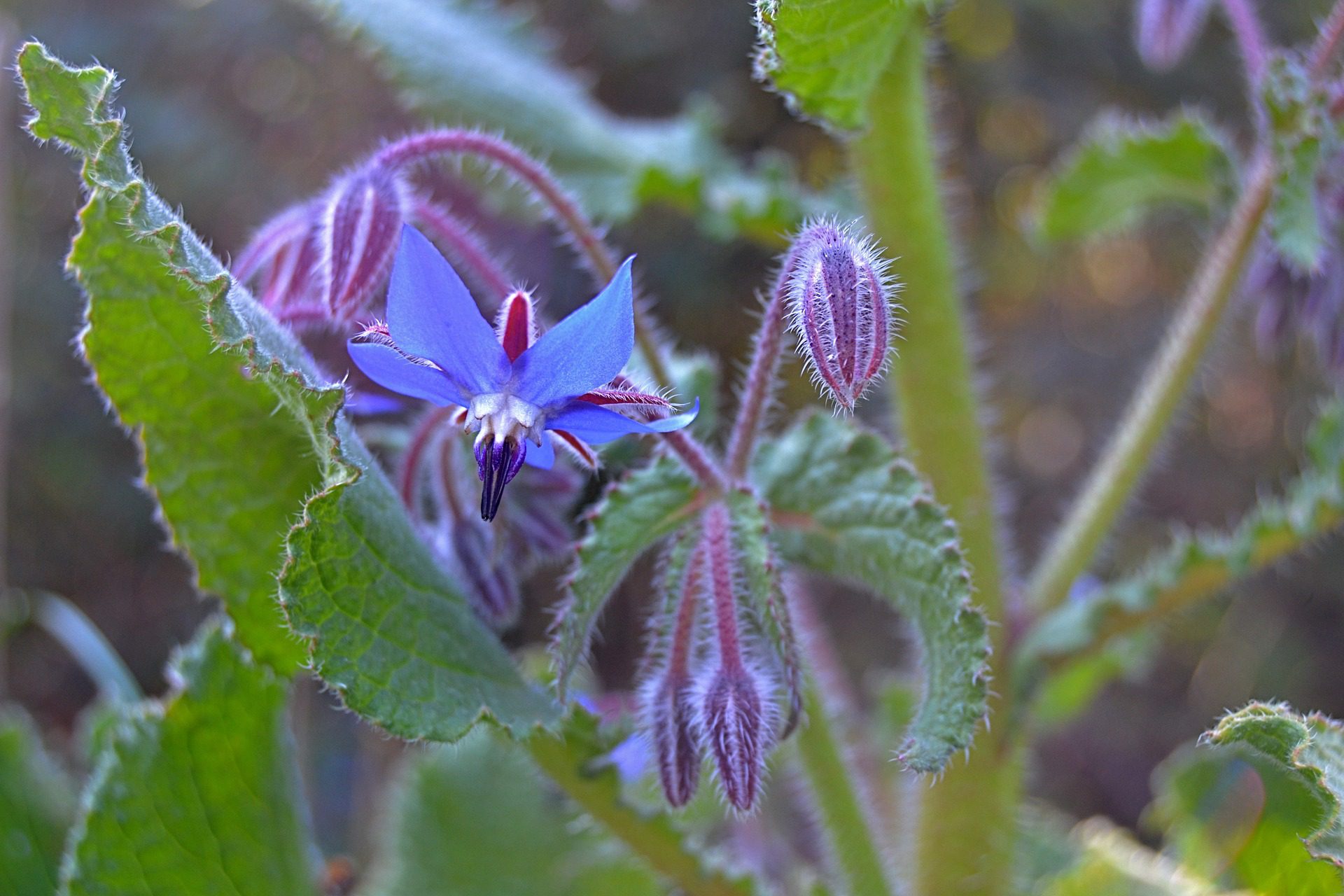
Chrysanthemum
The edible chrysanthemum is very melliferous. It attracts pollinating insects and nectarivorous birds that pollinate and thus promote good harvests in the vegetable garden and orchard. Birds are also fond of flies, caterpillars and insects of all kinds. They will protect your vegetable garden, reserve a place for them to nest and they will come back every year.
Phacelia (Phacelia campanularia)
This annual is a honey plant, but also a green fertilizer that can be incorporated into the soil at the end of the season.
Where should it be planted? When planted near plants that take a long time to bear fruit, such as eggplant, phacelia invites pollinating insects and speeds up fruition.
Forget-me-not (Myosotis alpestris)
Forget-me-not is a small plant with blue flowers, an essential companion for raspberry plants. Its particular odour helps limit the proliferation of the raspberry worm.
Lavender (Lavandula sp.)
Lavender, this Mediterranean plant, is very fragrant and develops fragrances that are totally displeasing to ants, slugs, snails, but also to rose aphids.
Where should it be planted? If it is a perennial in your area, plant it at the edge of your vegetable garden or near your roses and hostas.
